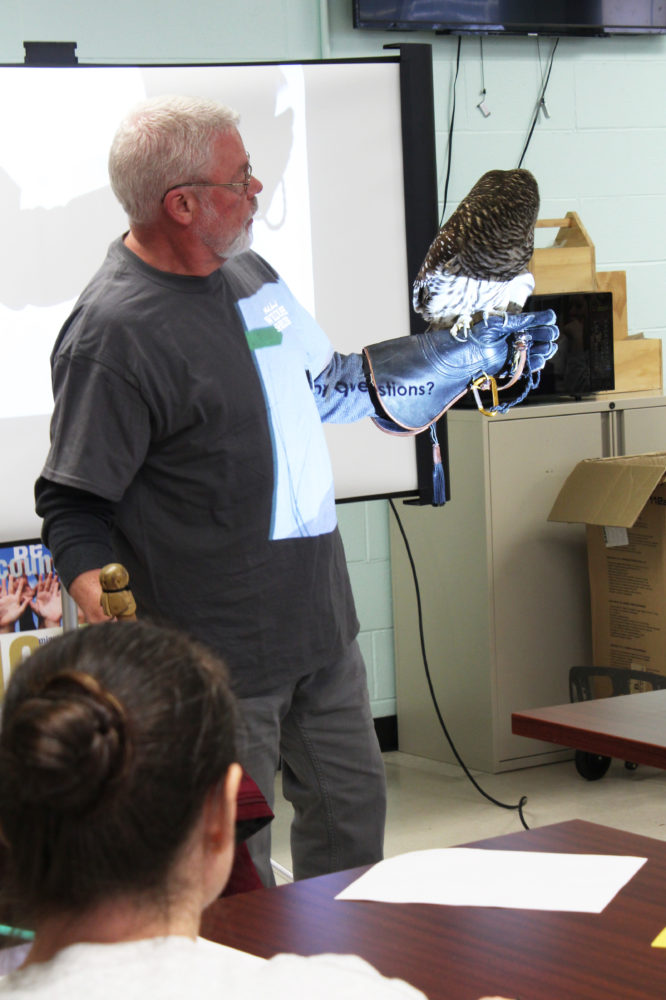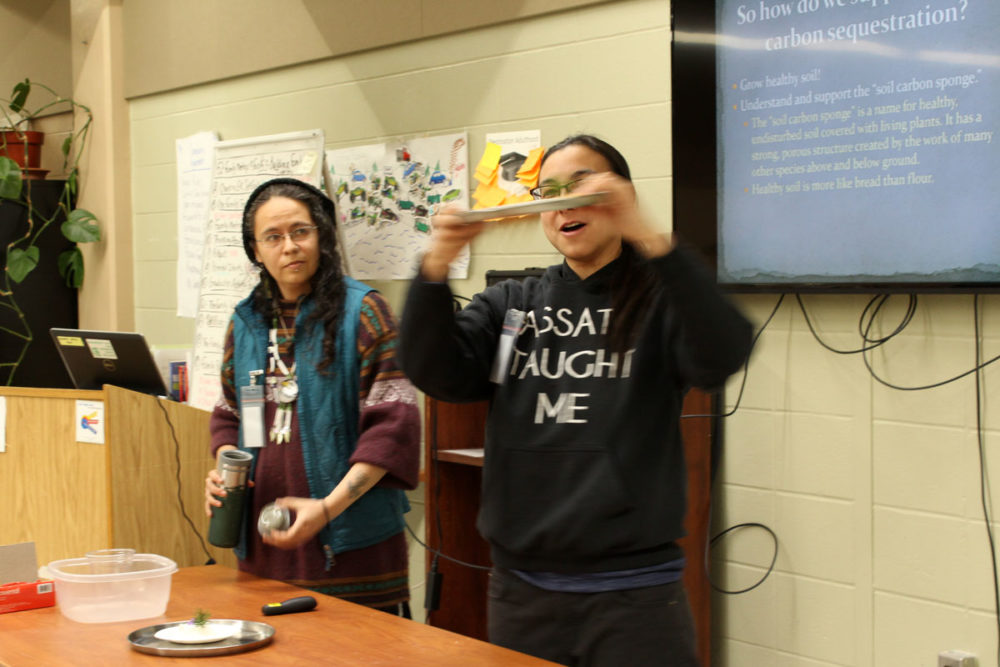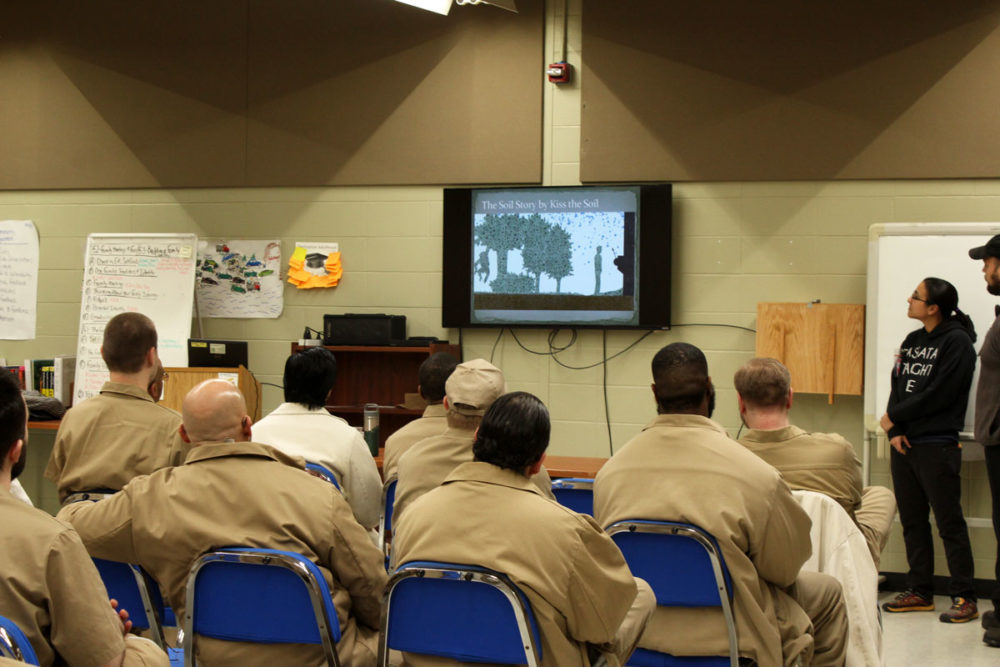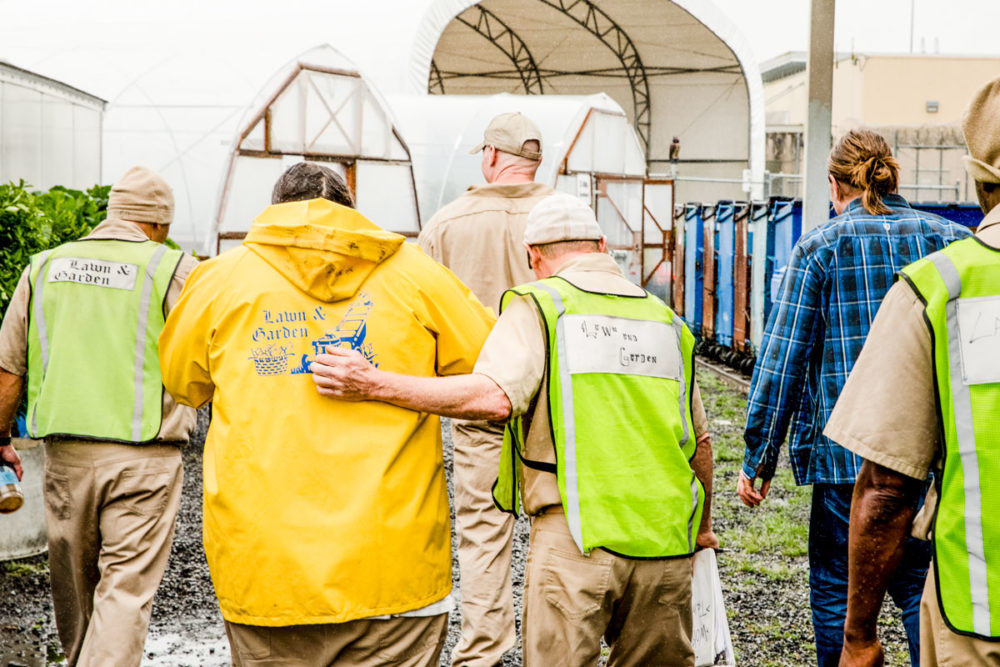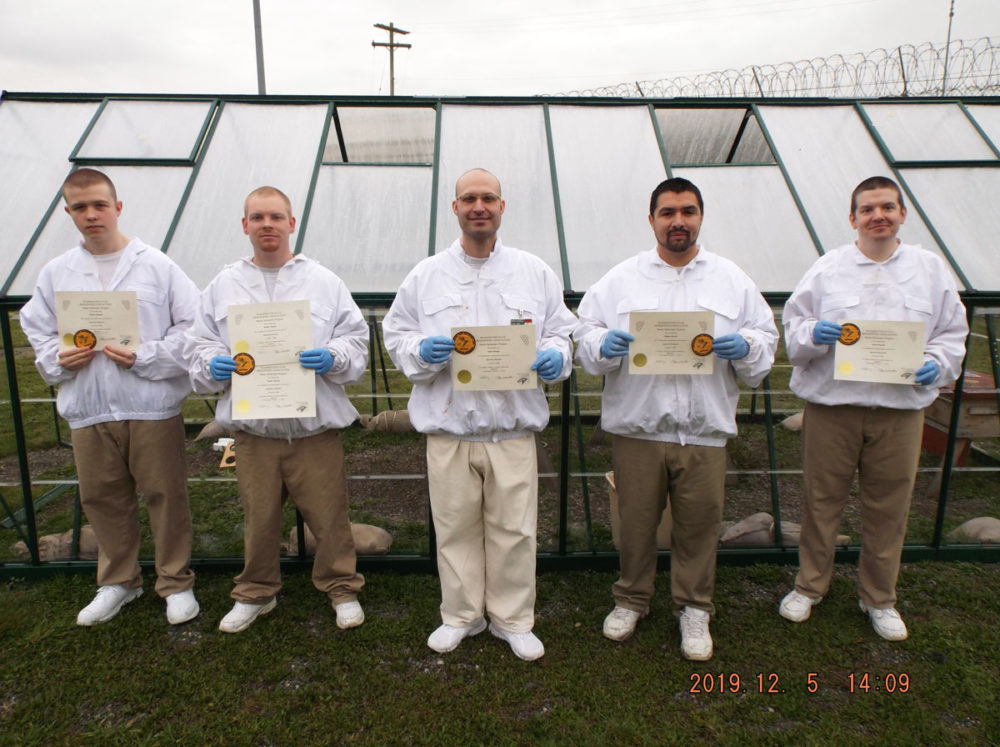Compiled by Joslyn Rose Trivett, SPP Education & Outreach Manager, informed by Chad Naugle, Sustainability Programs Manager, Oregon Department of Corrections
There’s definitely a transition, not only among the adults in custody, but the staff as well, how we’re starting to be more pro-social, how we are starting to work together, not against each other. Now we are standing beyond anything we thought a healing garden could do.
Toshio Takanubo, President of the Asian Pacific Family Club

Back in 2014, Johnny Cofer, Project Coordinator for the Asian Pacific Family Club, suggested a koi pond to the Superintendent of Oregon State Penitentiary. Superintendent Brandon Kelly asked Cofer to write up a proposal and the plan for a healing garden at the prison was born. Kelly considered the plan and saw the promise in it; so long as safety and security needs could be met, “maybe this could precipitate change.” Still, paying for the project seemed a formidable hurdle.

The Asian Pacific Family Club found ways to raise funds that covered the entire project; no taxpayer money had to be spent on the garden. The club started working with Japanese garden designer Hoichi Kurisu to further develop and refine their plan. Once the project was in motion, many people asked to help, excited to be a part of it.
Plans became reality in the fall of 2019. They had raised more than $500,000 in funding and in-kind donations and nearly 200 incarcerated adults had volunteered to help build the garden. The finished product was beautiful. To learn more about the project, we recommend two media pieces:
Capital Community Media‘s film about the garden took first place in the 2020 Hometown Media Awards, Cultural Perspective category
NBC New’s article from October 2019.

“Here at the penitentiary, we are changing the world one interaction at a time.”
Tonya Gushard, staff member at the Penitentiary


